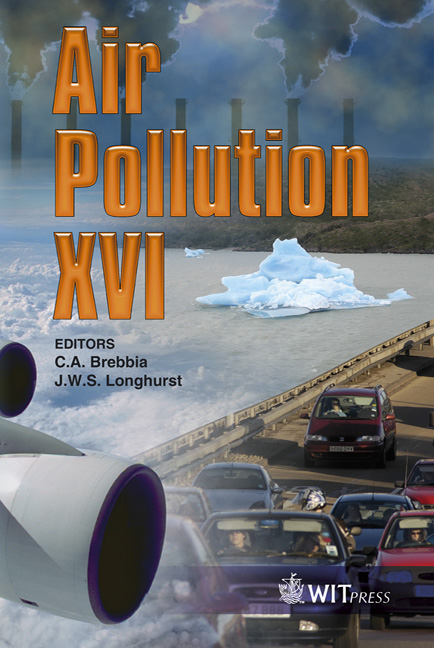LNG Dispersion Over The Sea
Price
Free (open access)
Transaction
Volume
116
Pages
9
Page Range
67 - 75
Published
2008
Size
2,511 kb
Paper DOI
10.2495/AIR080081
Copyright
WIT Press
Author(s)
A. Fatsis, J. Statharas, A. Panoutsopoulou & N. Vlachakis
Abstract
A numerical study of heavy gas dispersion over sea from an LNG storage facility at Renythousa Island in Greece is examined for the various hazards imposed on the population of the surrounding areas. The study is done by using the code ADREA-HF solving the conservation equations of mass, momentum and energy for the mixture of the heavy gas and air, as well as the mass fraction of heavy gas. Distributions of methane, ethane and propane concentrations for various time instants after the gas release are obtained, identifying the riskiest zones using scenarios based on weather forecast data. Thus the contribution of this work is to show how the available time for the authorities to safely evacuate the nearest affected areas can be evaluated. Keywords: heavy gas dispersion, Navier-Stokes equations, turbulence model, flammable plume zone. 1 Introduction Large quantities of substances that are hazardous for the public and for the environment are produced or utilized in large quantities by most modern process industries that are often sited near populated areas. These substances being toxic, radioactive, flammable or explosive during an accident in the production process, transportation or storage may provoke a release of gas (or gas-liquid) clouds or plumes that are denser than air. The density difference of the formulated \“heavy gas” introduces buoyant forces that can distort significantly
Keywords
heavy gas dispersion, Navier-Stokes equations, turbulence model, flammable plume zone.





